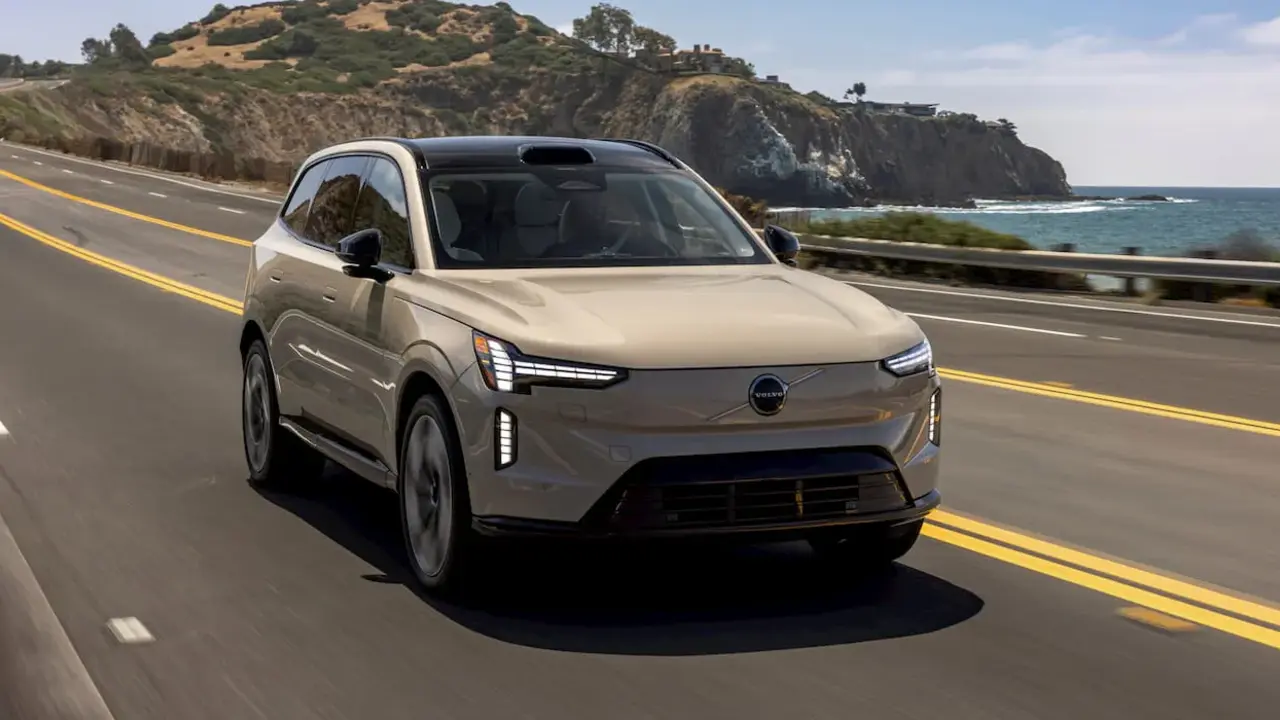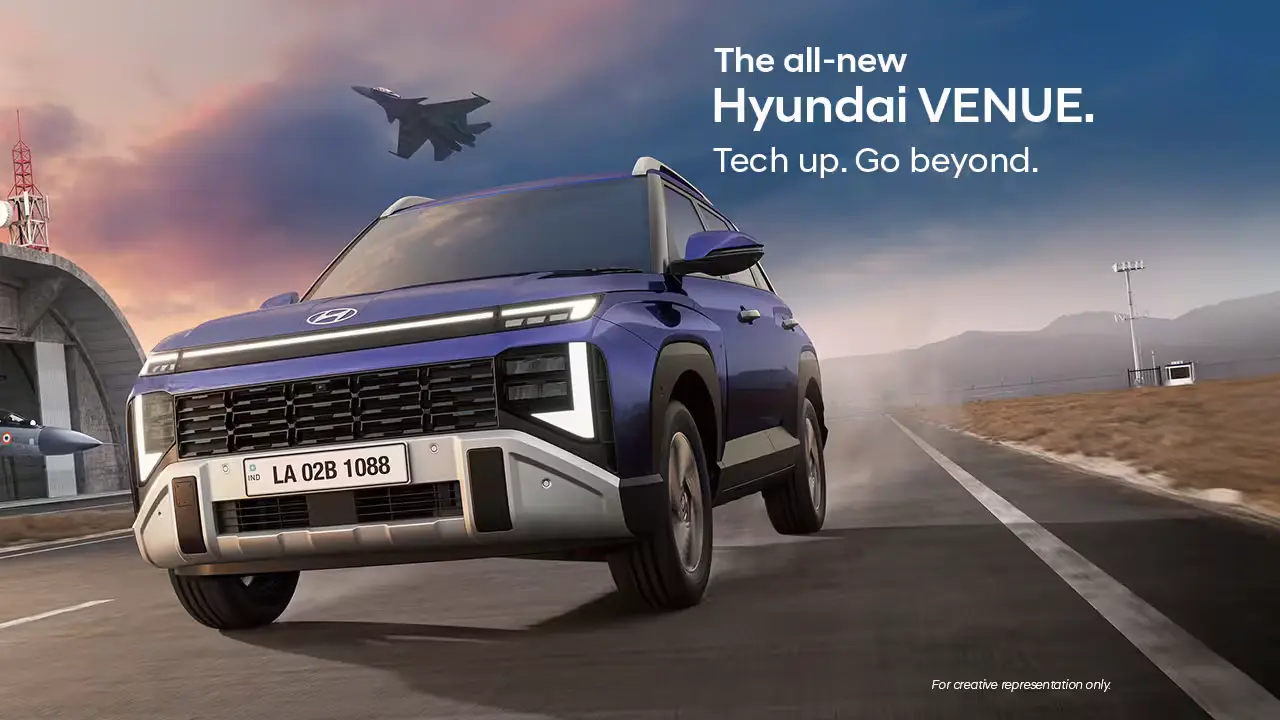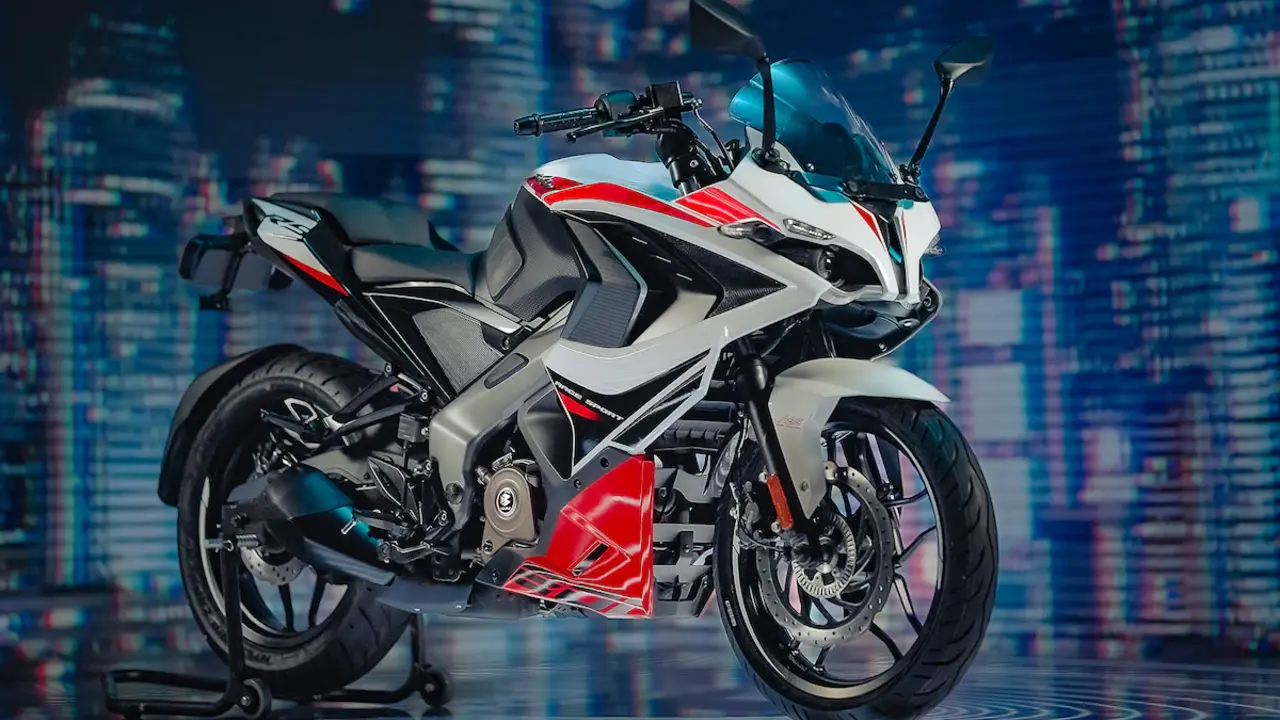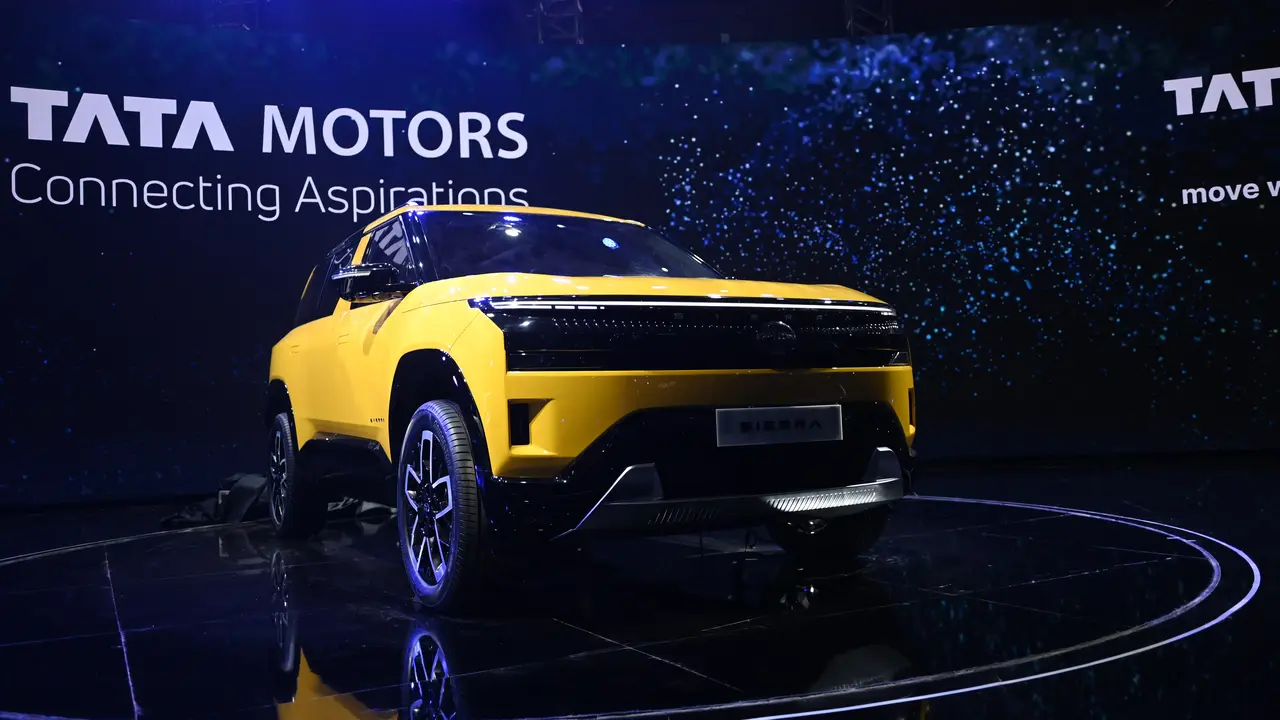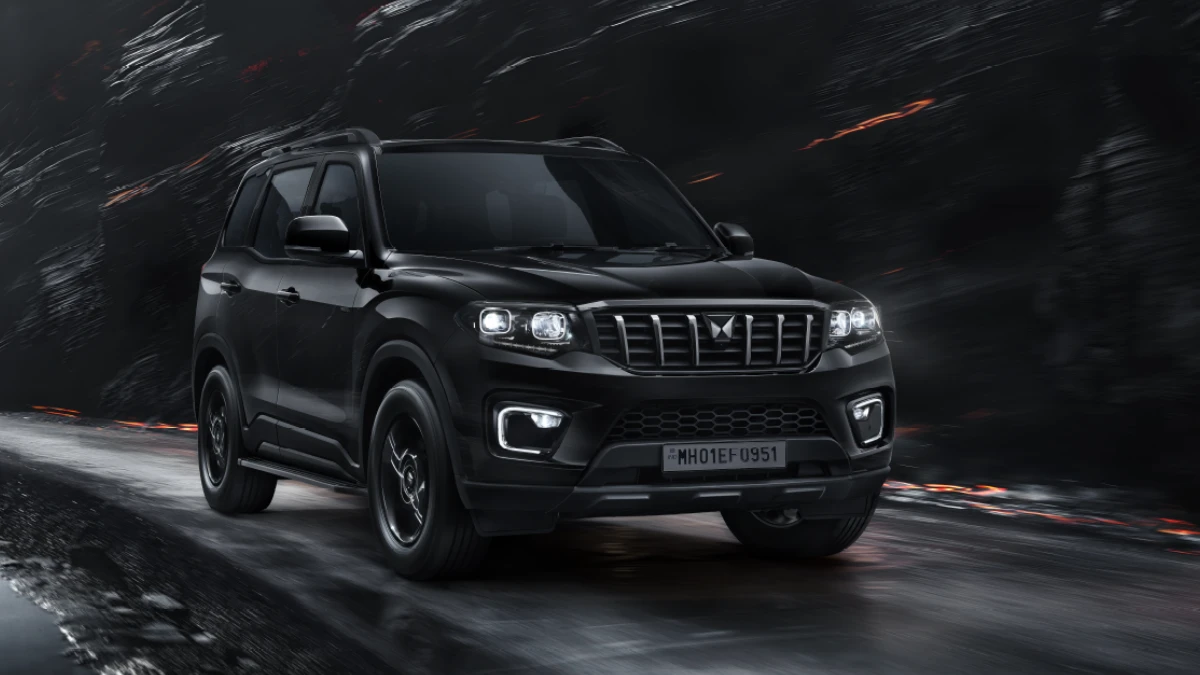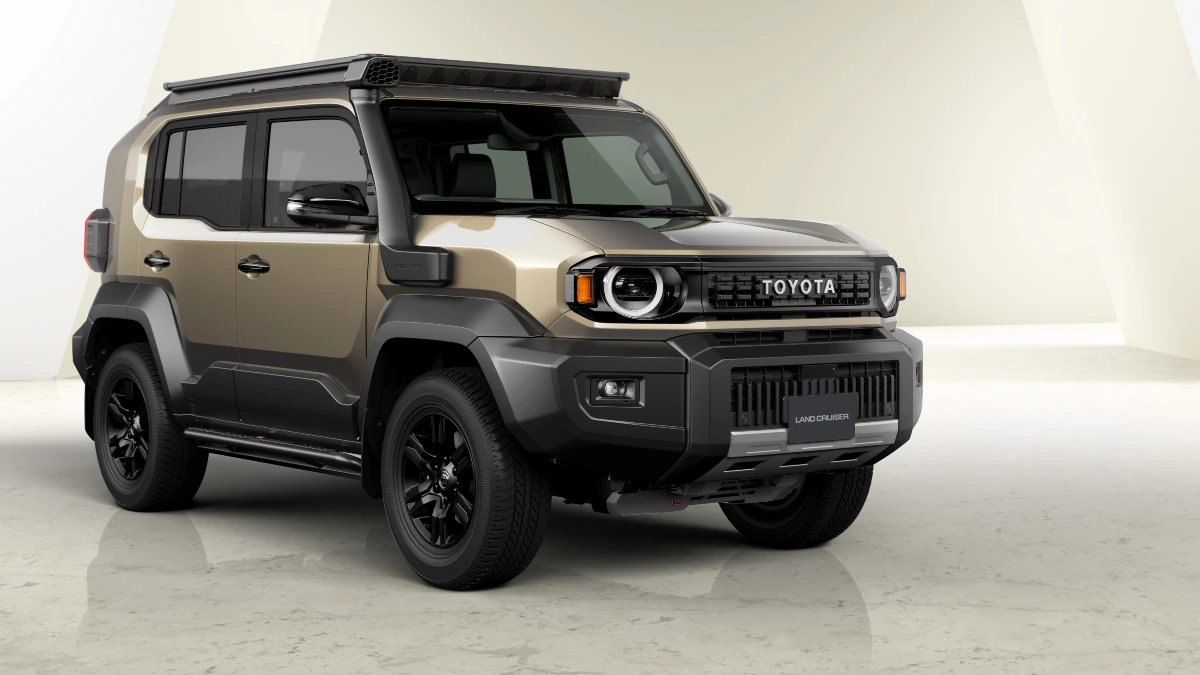I’m excited to share the latest on the Volvo EX60 EV. Volvo has confirmed a livestream reveal on 21 January 2026, and this will be the company’s new purpose-built electric model in the premium mid-size SUV class. In this post I’ll walk you through what we know, the tech underneath, production timing, and the key unknowns to watch for.
What we already know
Volvo is positioning the Volvo EX60 EV as a “born electric” model. That means it’s not a converted petrol car. Instead, it is a purpose-built electric SUV designed from the ground up as an EV. Volvo calls it its first fully electric car in the premium mid-size SUV segment.
Here are the main confirmed points I’m tracking:
- Reveal date: Livestream from Stockholm on 21 January 2026.
- Platform: It will sit on SPA3 / Superset — Volvo’s next-generation tech base and software-defined architecture.
- Factory and production: Built at the Torslanda plant in Gothenburg, with production due to start in the first half of 2026.
- Range claim: Volvo says EX60 will offer a longer electric range than any Volvo so far, though exact EPA/WLTP numbers are not yet public.
Key details at a glance
| Item | What Volvo said |
|---|---|
| Reveal | 21 January 2026 (livestream from Stockholm) |
| Platform | SPA3 / Superset (software-defined) |
| Factory | Torslanda plant, Gothenburg |
| Production start | First half of 2026 |
| Range | Promised to be the longest of any Volvo to date (EPA/WLTP numbers pending) |
Technology and what SPA3 means
SPA3, also called Superset, is the new foundation for Volvo’s EVs. I like how Volvo describes it as a modern, scalable system that blends hardware and software. The EX60 will be the first car to use it.
Early reports and industry leaks say SPA3 will likely include:
- Structural battery pack: The battery forms part of the car’s structure. This helps lower weight and improve stiffness.
- Megacast rear underfloor: A large cast section for the rear structure, which simplifies assembly and can cut costs.
- High-voltage fast charging architecture: Reports have mentioned the possibility of an 800V electrical architecture. That would let the car charge much faster on compatible chargers.
For example, other 800V EVs like the Porsche Taycan and Hyundai Ioniq 5 can recharge from 10% to 80% in roughly 18–25 minutes on very high-power chargers. If EX60 supports 800V, you could realistically expect faster charging than older Volvo EVs that use lower voltages.
How the EX60 fits with the XC60 and Volvo’s EV plan
The EX60 is positioned as the electric counterpart to the petrol/hybrid XC60. That means customers who want a mid-size Volvo SUV will have both an electric choice (EX60) and conventional or hybrid choices (XC60) for now.
Volvo has been clear: this model is a cornerstone of its shift to full electrification. The company is investing in software, over-the-air updates, and scaling its EV production. That said, Volvo will still sell some ICE and hybrid models while customers transition to EVs.
I think this approach helps Volvo keep buyers who aren’t ready to go all-electric yet, while pushing its EV agenda forward with modern, purpose-built cars.
Production, timing, and risks to watch
Production is slated to begin in the first half of 2026 at the Torslanda plant. That’s a major clue that the EX60 will reach customers later in 2026 or early 2027 depending on region and ramp.
However, there are risks we should watch:
- Software and QA: Recent Volvo EV launches, like the EX90, required significant software updates after launch. That shows Volvo is focusing more on software, but also that early units sometimes need fixes. I’d expect engineers to give the EX60 heavy software and QA attention during ramp-up.
- Supply and chargers: If SPA3 uses an 800V system, real-world owner experience will depend on access to high-power chargers in your area. Not every market has the same charger density.
- Trim and pricing: Volvo hasn’t announced U.S. pricing, trims, or exact delivery timing yet. Those details will affect how competitive the EX60 looks vs rivals.
What’s still unknown — and what I’ll be watching at the reveal
Volvo has left several important details for the 21 January reveal. Here are the top unknowns I want you to watch for:
- Battery capacity and exact range: Volvo says EX60 will have the longest Volvo range to date, but we need EPA/WLTP numbers to compare it properly.
- Charging specs: Will Volvo confirm 800V, and if so, what peak charging power will the EX60 support?
- Performance: Horsepower, torque, and 0–60 mph times for the different trims.
- Pricing and availability: MSRP, regional launch windows, and trim levels.
- Software features: Infotainment, driver-assist, and OTA update strategy under Superset.
I’ll be watching the livestream closely on 21 January 2026 so I can share the full specs when Volvo publishes them.
Also Read: New Hyundai Venue Engine Options Revealed – From Base to Top Variant, Check Full List
Final Thoughts
The Volvo EX60 EV is shaping up to be an important model for Volvo. It’s the company’s first purpose-built premium mid-size EV on the new SPA3 platform, and Volvo promises the longest range it has offered yet. Production is set for the first half of 2026 at the Torslanda plant, with a global reveal on 21 January 2026.
If you’re excited about modern EV tech like structural battery packs, megacast parts, and possible 800V charging, the EX60 is one to watch. I’ll be tracking the official reveal and I can send an update when Volvo posts full specs and pricing. If you want, I can also prepare a one-page comparison of EX60 tech versus rivals like the BMW iX, Mercedes EQS SUV, and Tesla Model Y.
Want me to monitor updates and send a short summary when Volvo releases specs? Just tell me what you want compared (range, charging, price), and I’ll keep an eye on it for you.
